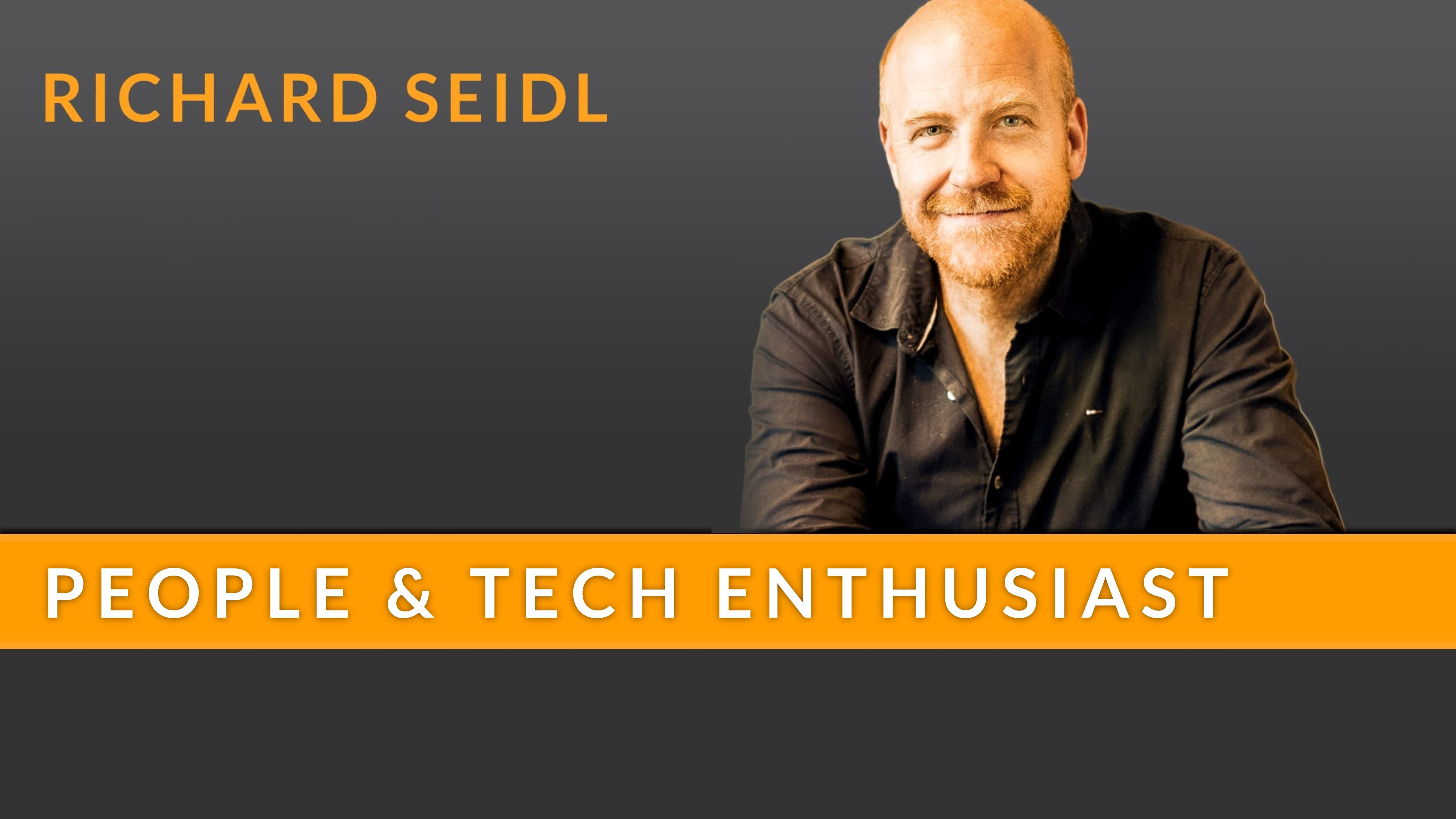Agile Manifesto gets 20 – Happy Birthday
So it was 20 years ago that the foundation stone for the “Manifesto for Agile Software Development”was laid in a ski hut in Utah: the Agile...

I like models. And especially models of the world. Because they are so different. And everyone has their own, based on a life full of experiences, values and beliefs. These pigeonholes and simplifications make it much easier for us to get through the complexity of the world. Going through everything in epic depth again and again leads to stagnation.
And all models have one thing in common: everyone is right in their own way. It’s all logical and explainable why things are one way or the other - until two world models collide. In the best-case scenario, both come out of the discourse smarter, have adjusted their models and happily go their separate ways. In the worst-case scenario - and the media and Facebook feeds are full of them right now - there is bashing, swearing and shitstorming. You’re stupid, I’m right.
And sometimes the experiences and world models fit together well. We are in agreement. At least some of them. We agree on these commonalities and turn them into standards and frameworks. Packing timeboxing, planning and retros into Scrum has proven its worth. We like to draw a horizontal figure eight for DevOps to show the flow. The ISTQB test process has seven activity groups. And we typify our employees as sharks or dolphins or put them in colorful drawers.
But not everyone likes that either. Some want to adapt models and try out new things. Yes, are they allowed to do that? Is that agile or can it go away?
Reed Hastings, founder and CEO of Netflix, writes in his book “No rules Why Netflix is so successful” about how his company has gradually abolished all internal rules. In combination with a high talent density and an intensive feedback culture, Netflix is in top form. Anyone who reads it will notice that there is agility everywhere. But my software QA heart is a bit triggered: So, no guidelines at all? Nothing at all? Pfff … Reed unties the knot in my head at the end: if the focus is on innovation, that means: no rules, leadership through context, an extreme amount of freedom, personal responsibility, feedback, making mistakes.
If the focus is on error prevention, on the other hand, it means: processes and rules, leadership through control, lots of guidelines.
Another model that I will think about for a few more loops.
Is Reed Hastings right? Maybe for Netflix. Is agility something for every company and every team? Probably not. Can you do things differently? Absolutely.
Instead of believing that we have been spoon-fed wisdom and then shouting it at the top of our voices, sometimes it would do us good to listen more carefully and simply be quiet.
Allowing everyone their own model of the world helps me personally and helps the companies I work with. I can tolerate it much more quickly and in a more relaxed way when my counterpart doesn’t want to do things my way. I often manage that. By no means always, I’m only human.
But instead of swinging the “this-is-what-you-do-but-this-is-how-you-do-it” advice club, we can start looking for suitable solutions.
But that’s just my model …

So it was 20 years ago that the foundation stone for the “Manifesto for Agile Software Development”was laid in a ski hut in Utah: the Agile...

1 min read
In companies, I see two types of leadership and collaboration time and again: on the one hand, highly hierarchical structures, usually in - let’s say...

2 min read
“A strong foundation is invisible, but it holds everything together.” - Richard Seidl Today I would like to take a look at the unsung heroes of...